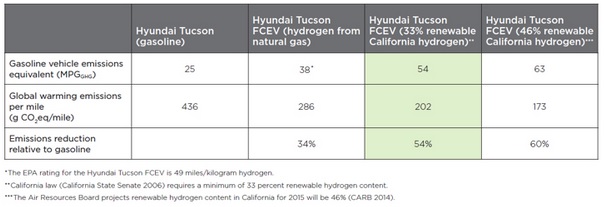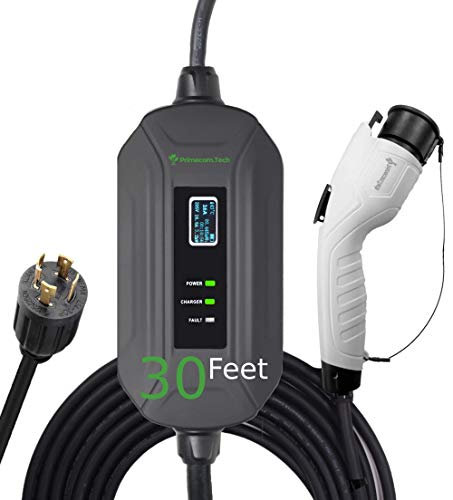Here is the email I sent to at
[email protected]:
Dear respected officials,
In August 2014 I leased a 100% electric BEV. To date this is the best of 14 cars I have owned in my life. I love everything about it and I wish I could drive it everywhere I go. I will definitely purchase the car at the end of the lease, and I will likely buy only BEVs from now on as I am so impressed with the performance, low maintenance, ease of daily use and low environmental impact. However, the current infrastructure is not suited for much more than daily commuter use for BEVs. 90% of the time I can plug in at home, drive to and from work and do all my shopping and other errands with my BEV. However, I travel from Santee, CA to Yuma, AZ area at least 10 times a year and I take many other trips beyond the approximately 150 mile range of my Toyota Rav4 EV. For these trips I often use my HEV Toyota Prius or GMC Yukon internal combustion engine (ICE).
The Rav4 EV is suitable for all of these trips, but a lack of charging options along the travel corridors make it impossible for effective travel. Specifically, most public L2 EVSEs available are low voltage (208 VAC) and low amperage (well below 40 amps) and will not charge my car in a reasonable time. Even the L2 charging takes several hours under the best conditions and much longer under typical conditions - still not acceptable for long range travel.
However, DC fast charging (DCFC) allows charging of up to 80% in less than an hour. This would allow me to use my BEV in a reasonable manner for long trips. I strongly urge consideration of funding for L3 EVSE equipment at a maximum of 100 mile intervals along our major travel corridors. This would IMMEDIATELY allow a reduction in emissions and fossil fuel dependence by making long distance BEV travel a reasonable experience for the growing BEV community in CA. In addition, it would help the economy and local businesses, as people will need something to do during a 30 - 45 minute charge stop, such as buy a cup of coffee, a snack or sandwich at the nearby establishment. This will increase spending, tax revenues and be an overall boost to the state economic system.
In my case the most useful specific locations from the San Diego area will be along Interstate 8 corridor at perhaps the Jamul area or the Golden Acorn Casino, El Centro near a restaurant and Winterhaven. I typically stop in El Centro for a meal during travel, and a L3 EVSE charging station at or near In-N-Out Burger or similar would make fast charging invisible to my normal trips. The Jamul and Winterhaven locations would provide a nice backup or "top off" stop along the way in case other locations were out of service. L3 EVSEs along the I-5 and I-15 corridors should be spaced at similar intervals and convenient stop locations.
I strongly discourage spending for Hydrogen infrastructure. Contrary to the claims that it is a clean fuel, it is actually very GHG intensive from "well to wheel." Additionally a BEV can be charged at any home today, and in many cases by solar electric systems. A hydrogen vehicle will likely never be able to fill at a residence and the most economic methods available to produce hydrogen use natural gas, producing much more GHG than electricity from the grid. Also there are over 100,000 BEVs in CA and growing daily. How many hydrogen cars are there on our roads today? The electric grid is getting cleaner every day making BEVs even more friendly to the environment. The batteries have post-use value. I plan to use my car as a grid backup at home and perhaps when the car is retired, I will use the battery permanently for this purpose.
To summarize a robust L3 EVSE charging infrastructure will benefit thousands of existing taxpayers, increase spending and reduce emissions during longer trips and make existing BEVs available today from numerous manufacturers a viable option for more potential users. L3 EVSE infrastructure is a good investment in our future and our environment.
Thank you for your consideration. I look forward to using new Chademo type L3 EVSEs in the near future while driving my BEV across the state and / or country.






























